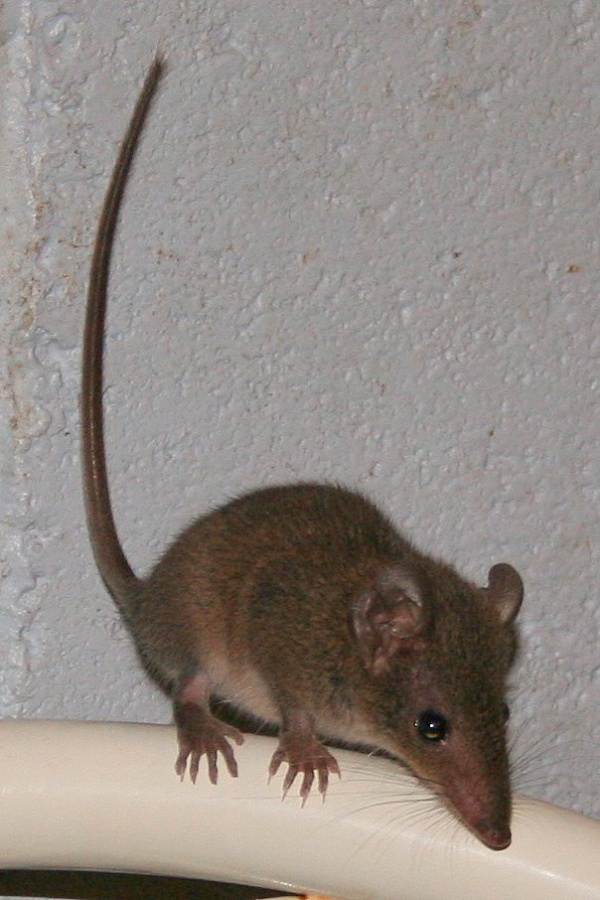Facts About Brown Marsupial Mouse
Antechinus are intriguing small marsupials indigenous to Australia, commonly referred to as broad-footed marsupial mice, pouched mice, or Antechinus shrews. With their bristly fur resembling that of shrews, these creatures typically exhibit greyish or brownish hues. Notably, males are larger and heavier than females, showcasing clear sexual dimorphism.
These marsupials inhabit a variety of environments, including forests, woodlands, rainforests, heaths, and grasslands. While most Antechinus species are found along Australia’s eastern coast, some are also present in Western Australia and the northern regions of the country. Currently, there are 15 recognized species, each with distinct size, weight, and habitat preferences.
Antechinus primarily prey on insects, such as beetles and larvae, as well as spiders and occasionally small vertebrates. They are dietary generalists and opportunistic feeders, adapting their diet based on the availability of food in their environment.
One of the most fascinating aspects of Antechinus is their reproductive behavior. Females are synchronously monoestrous, meaning they all go into heat at the same time, while males face mass mortality after mating due to extreme physiological stress. The gestation period varies depending on the species, and the young become independent approximately 90-100 days after birth. The timing of the breeding season also varies among species and is influenced by changes in daylight.
Antechinus also exhibit torpor, a state in which they lower their body temperature and metabolic rate to conserve energy. This is particularly useful for reducing food and water needs during periods of inactivity. Daily torpor is common and can be triggered by food scarcity or cold temperatures.
However, these unique marsupials are threatened by several factors, including habitat destruction, introduced predators, competition with other species, and altered fire regimes. Some species, such as A. arktos and A. argentus, are even listed as endangered. Climate change poses an additional risk, especially for high-altitude species in northern Queensland.
